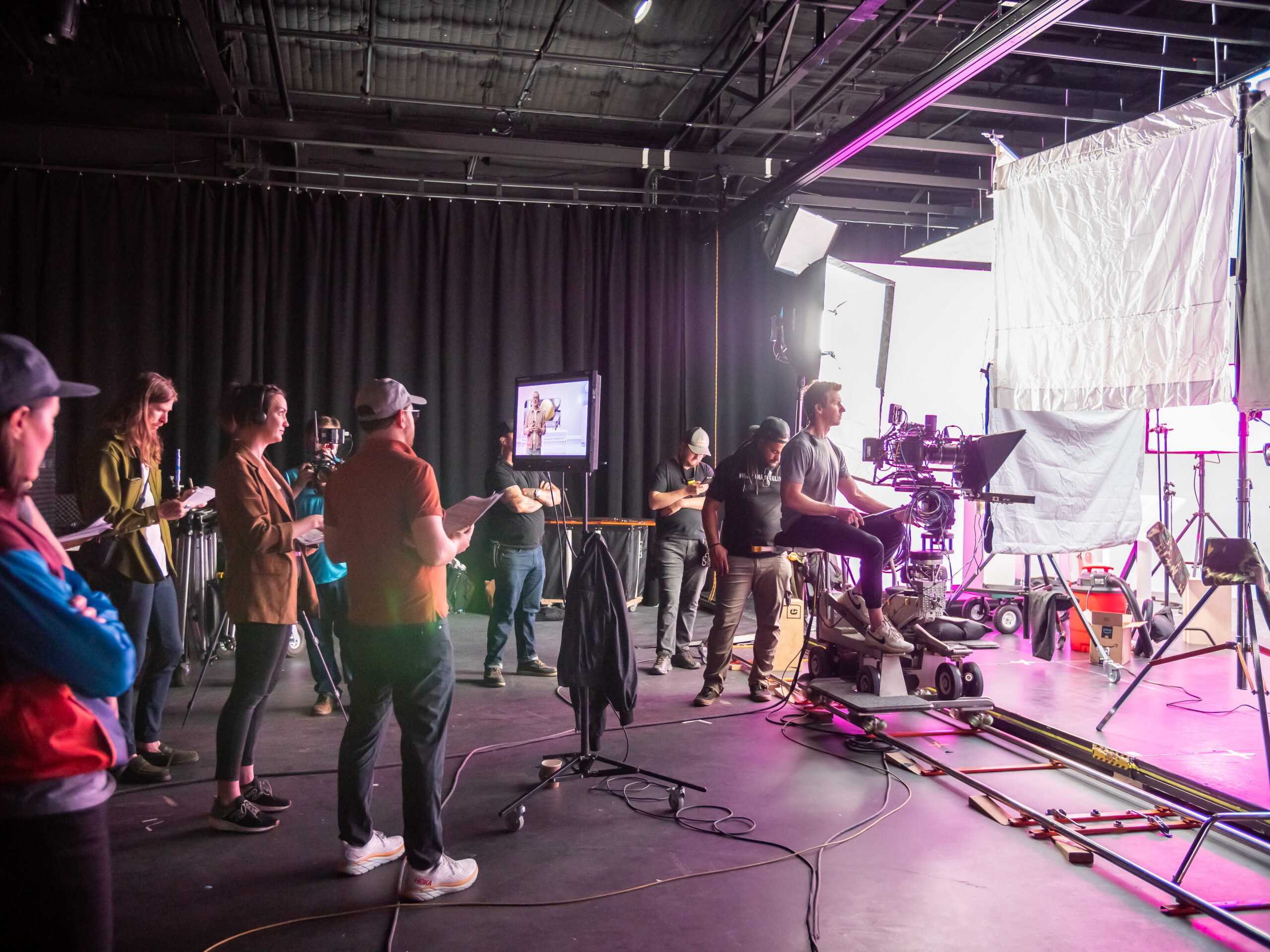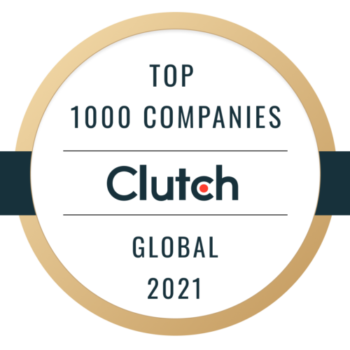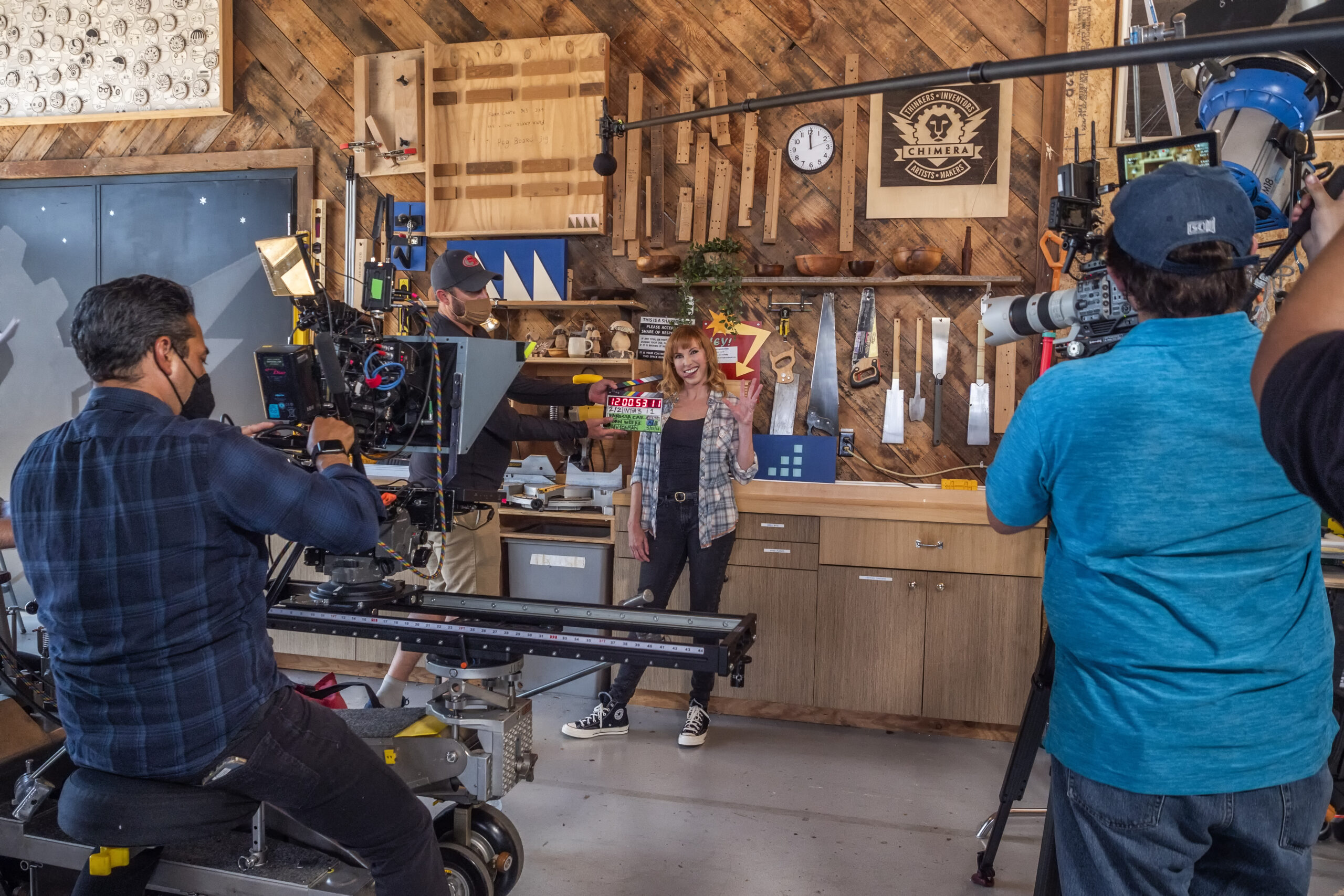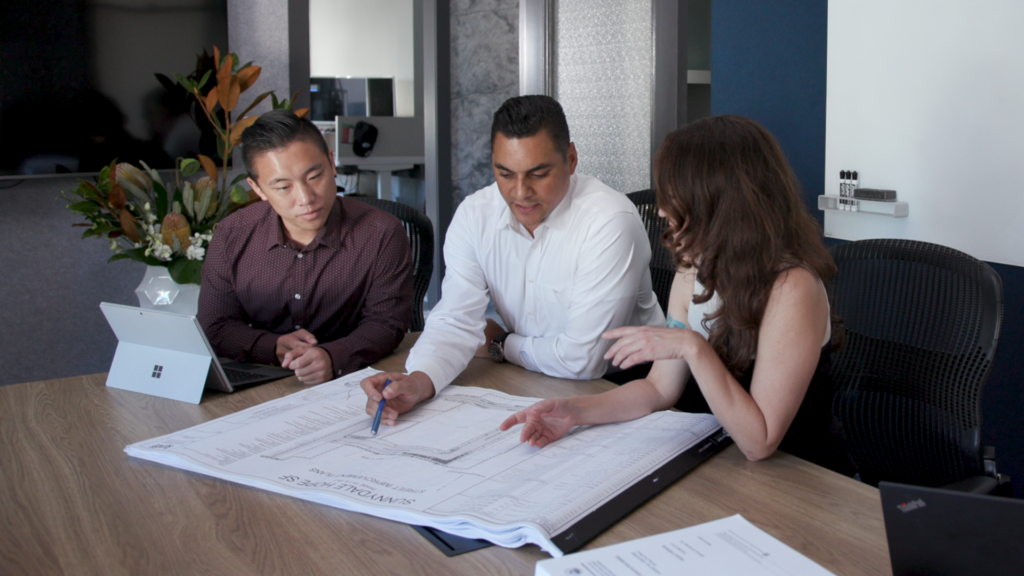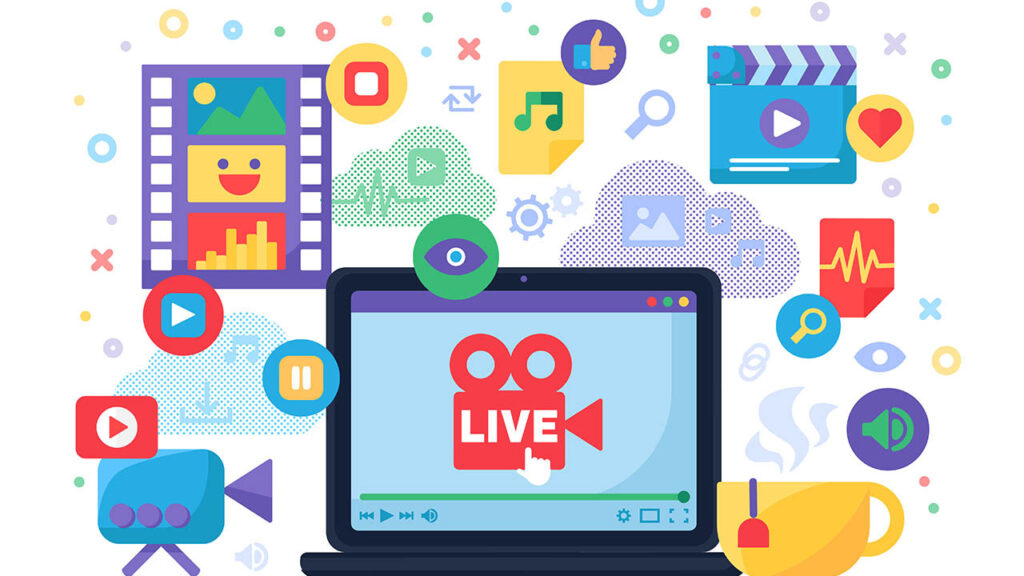Partnering with a niche B2B software company to make corporate video content that’s creative and fun can be a challenge, but it’s also incredibly rewarding to produce. These lighthearted descriptors, rarely used in the same ecosystem as call centers and boardrooms, were top of mind for Mindful, a company specializing in contact center callback technology, as they set out to produce a livestream event highlighting the latest updates in their software. In order to bring some cheer to callbacks, Mindful knew they needed expert guidance. And as a product trusted by many Fortune 500 companies to provide top customer experience, they needed to be intentional about which agency they partnered with to help them launch the new look for their software user interface (UI).
After seeing our work with Ironclad, which blends creativity and entertainment with high-production value, Mindful knew that they wanted to partner with Slow Clap to communicate to a B2B audience about specialized software.
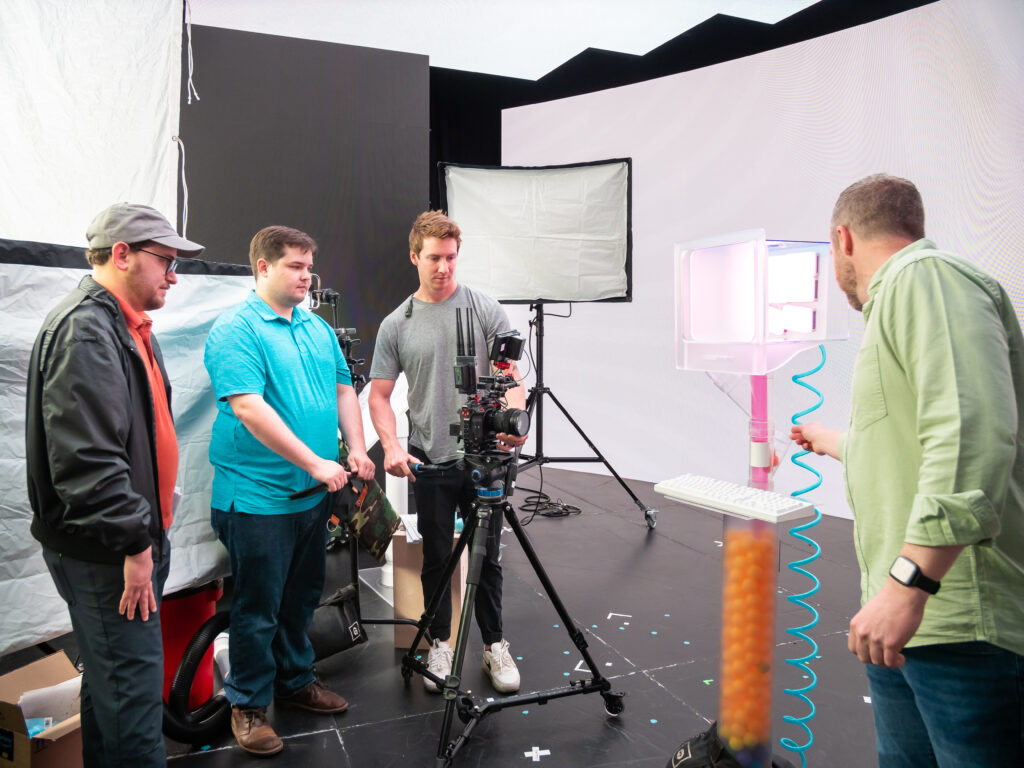 Behind-the-scenes with the Slow Clap camera team and talent interacting with our real-life prop
Behind-the-scenes with the Slow Clap camera team and talent interacting with our real-life prop
Approach
As Mindful planned to launch its new UI, they wanted this event video to reflect the same values and characteristics that their brand embodied: “kind by design.” With a thoughtful aesthetic and more robust software, Mindful’s new UI includes soft colors and a light airy feeling, evoking a sense of levity, fun, approachableness, lightness, and airiness. Mindful centers around the philosophy that customer service prioritizes a people-first attitude, and they hoped to bring kindness and compassion to their software.
Slow Clap was faced with figuring out how to walk through the technical features and improvements of Mindful’s software in a fun, creative way that put kind by design center stage.
The first decision that needed to be made was location; where would this magical, airy, kind-by-design video take place? Mindful’s suggestion for a sky filled with puffy, white clouds would hit the marks on the brand’s vibe, but the setting would be too abstract. Slow Clap advised that a more concrete location could be a better connective tissue to Mindful’s UI updates. After lots of brainstorming with Mindful, Slow Clap proposed a factory in the vein of Willy Wonka’s Chocolate Factory but instead of creating chocolate confections, Mindful’s factory would manufacture kindness through their new UI updates. The factory setting served as a more tangible concept that would likely yield better results for the video.
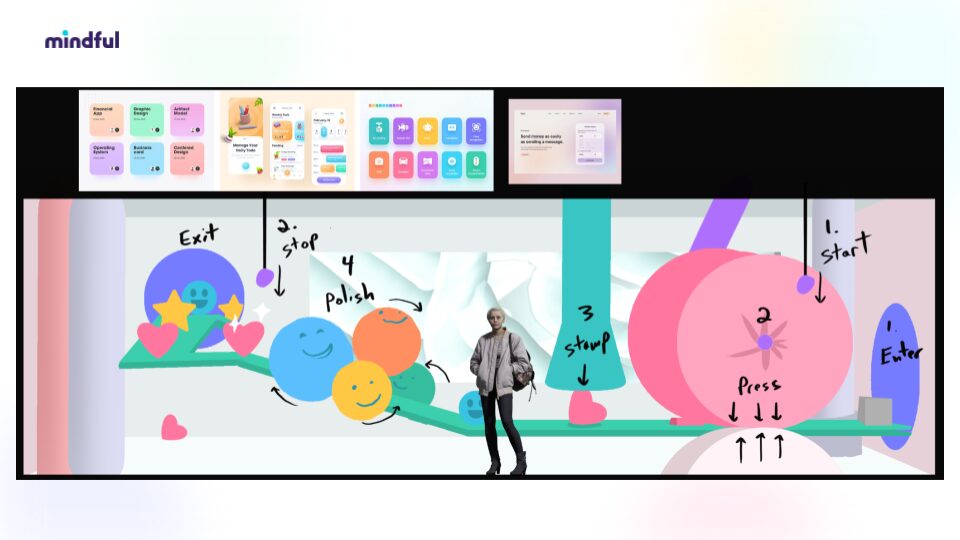 A page of Slow Clap’s moodboard that guided us to align with Mindful’s brand
A page of Slow Clap’s moodboard that guided us to align with Mindful’s brand
Slow Clap was able to deliver a clever, cost-effective solution to create Mindful’s kindness factory thanks to a cutting-edge technology: Virtual Production.
“It would have been crazy to find a location in the real world or build a location from scratch that was a Willa Wonka’s kindness factory. It would have been nearly impossible and prohibitively expensive, so what we were exploring instead was building a virtual set. We partnered with animation house Deep Sky alongside the clients and had several live, collaborative sessions to make sure the physical set pieces were feeling consistent and fitting together with the virtual aspects. It was an interesting learning experience, and there were a lot of hurdles that we had to get over to rig the 3D world correctly, but we did it in a tight turnaround.”
– Daniel Lichtenberg, Creative Director, Slow Clap
Execution/Challenges
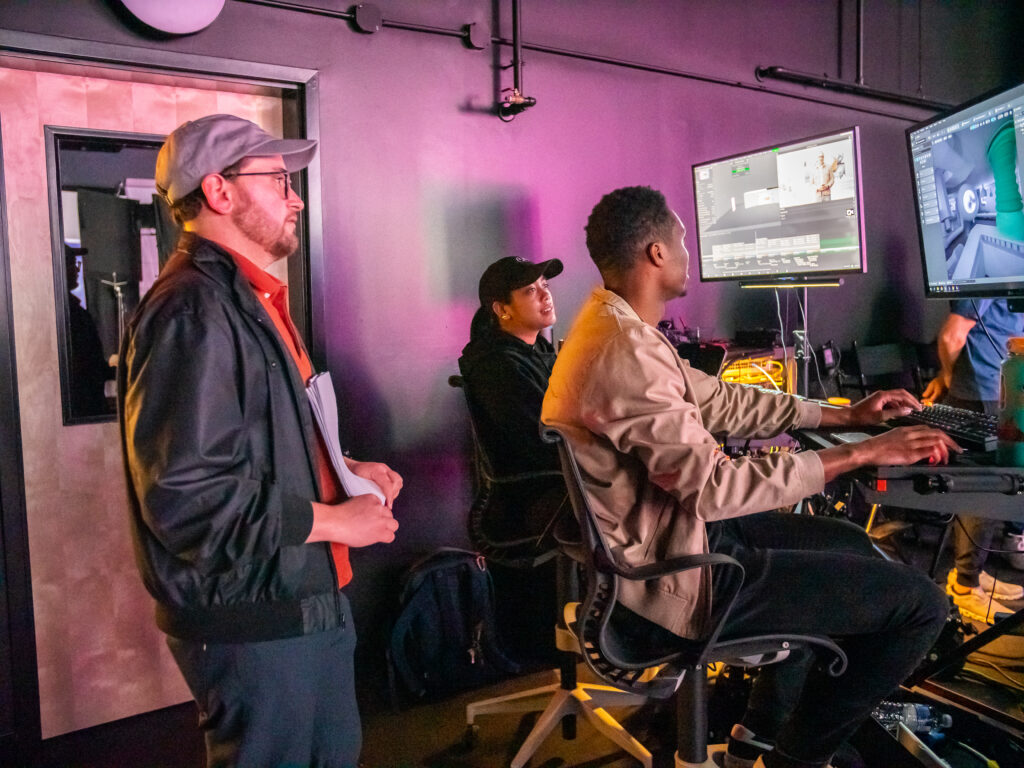 Dan Lichtenberg, our creative director, alongside the Unreal operator and Disguise operator
Dan Lichtenberg, our creative director, alongside the Unreal operator and Disguise operator
As Slow Clap began pre-production, it became clear that a full-scale, 3D factory set was not in the cards because of budget constraints. Filming in multiple locations to achieve the ideal look was also off the table because of the tight filming schedule, which allotted two shoot days. Instead of viewing these as challenges, Slow Clap saw these parameters as the perfect opportunity to venture into the world of virtual production technology.
For those who don’t know, virtual production is a new technique of producing video content that was first developed by Industrial Light and Magic for The Mandalorian that combines virtual and physical worlds.
The first step of Mindful’s virtual production was to build a bespoke, 3D world, aka the Kindness Factory. Since this was our first foray into virtual production, we brought in the experts at animation studio Deep Sky, to help us create a computer-generated world (CGI) in Unreal Engine.
“I love working with Dan. I thought how he chose the film and the shots were very classy. That’s the one thing I enjoy most is working with other creatives that understand the process a little bit, so it was really nice to be able to collaborate.”
– Barret Thomson, Creative Director at Deep Sky
Once the kindness factory design was complete, the next step was to bring it to life. We packed our bags and traveled from the San Francisco Bay Area to Nashville, Tennessee to use the brand-new, state-of-the-art, virtual production stage at ARC Studios.
Once we arrived in Music City, we rigged the virtual kindness factory in a physical space: a large volume, LED wall designed to handle virtual production. This was achieved using, Disguise, a software that brings virtual design into the real world. And just like that, the kindness factory was ready for its closeup of our talent.
You may be wondering, what’s the big deal with virtual production? How is designing a 3D background that projects on an LED screen all that different from a traditional backdrop? The answer is active camera tracking. The large volume LED wall is comprised of many, interconnected screens, which allowed Disguise to simultaneously track the 3D space with camera movements. That meant that when the camera moved, the kindness factory would also move relative to the camera. When the camera pushes in, the 3D world also moves, making the viewer feel as if the talent is really inside the kindness factory.
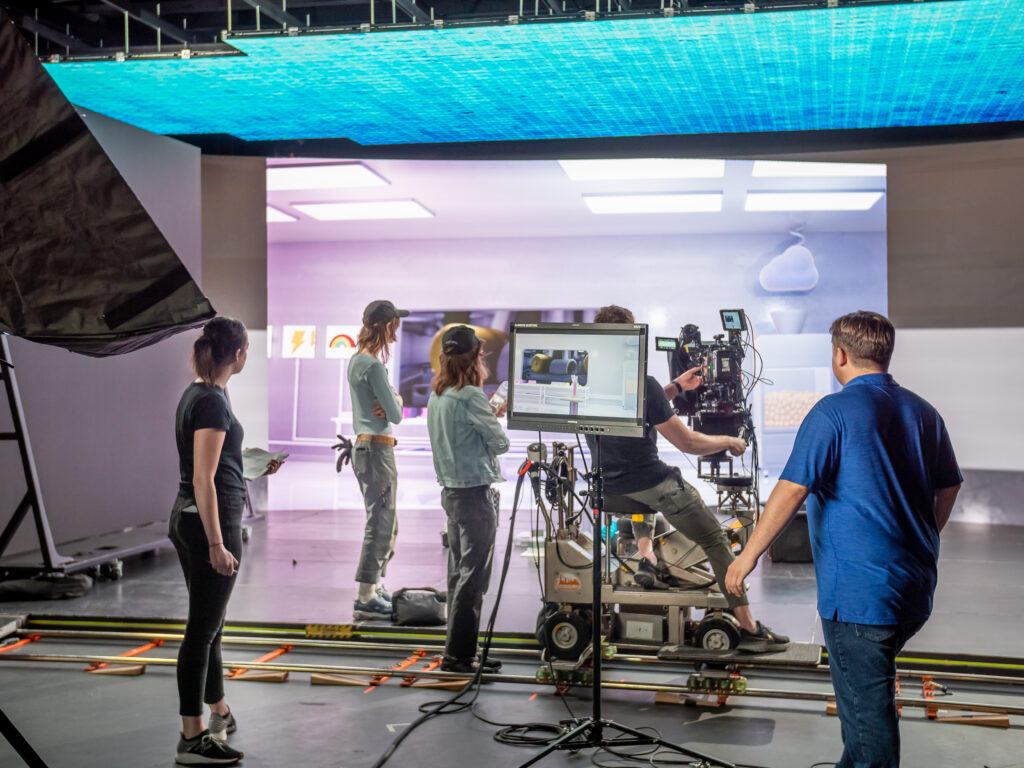 The virtual production stage with the Slow Clap crew at ARC Studios in Nashville, Tennessee
The virtual production stage with the Slow Clap crew at ARC Studios in Nashville, Tennessee
To add further depth and texture to the set, Slow Clap called in our production designer Emile Rosewater to create real-life art props for the funny moments in our script, such as a vintage 1960’s telephone popping into the scene, a peephole tube, and the control panel that our talent, Devon, used to launch colorful confetti.
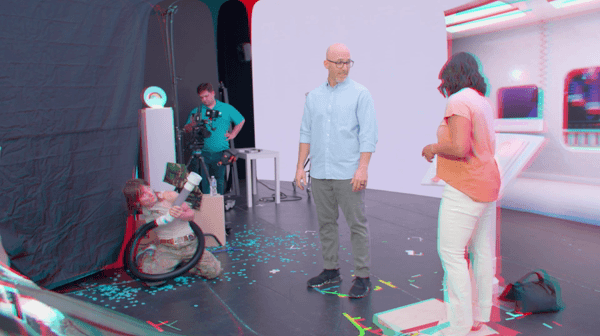 Mindful’s Devon sending a burst of confetti with both perspectives of behind-the-scenes and on-screen
Mindful’s Devon sending a burst of confetti with both perspectives of behind-the-scenes and on-screen
This additional layer of real-life props added an extra dose of magic and playfulness to the project and blurred the lines between what was real and fake.
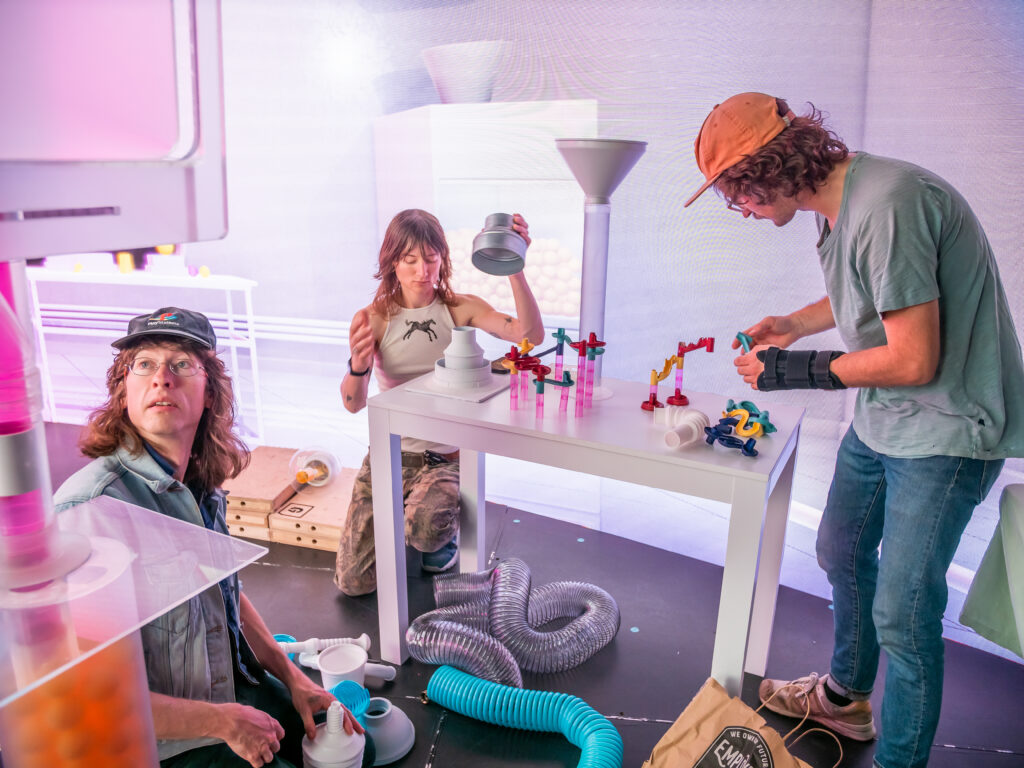
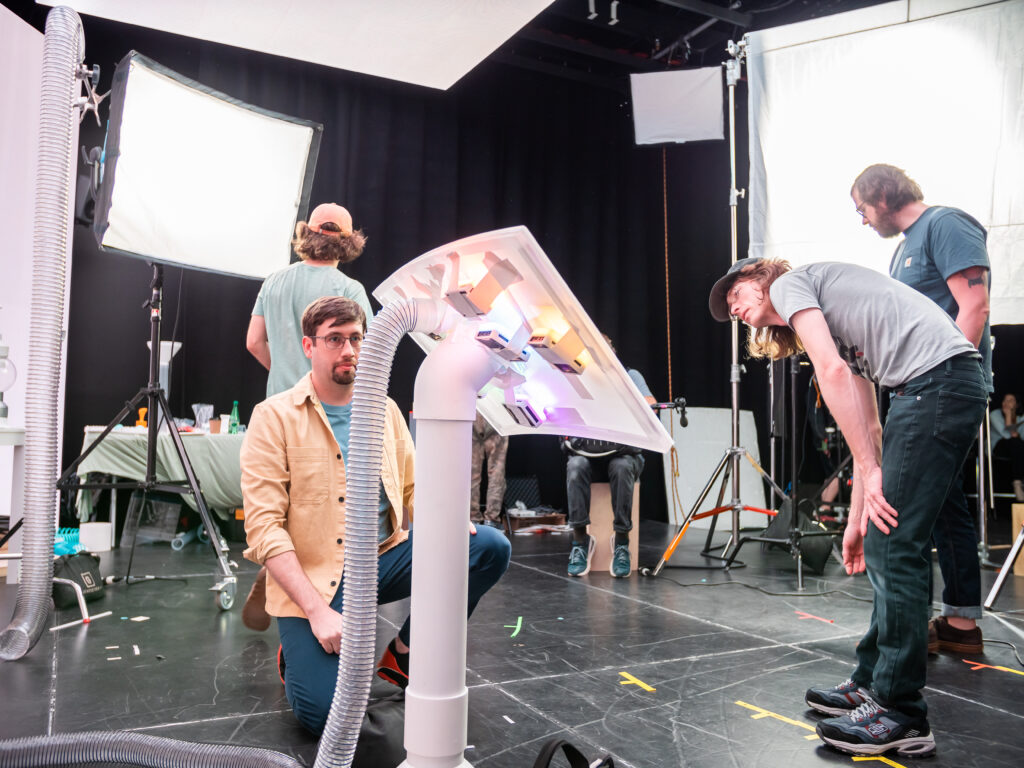 Emile Rosewater, our production designer, leading the art department on-set
Emile Rosewater, our production designer, leading the art department on-set
After some late nights and tremendous collaboration, the beauty of virtual production merged the 3D world, our real-life set pieces, and our on-screen talent together. It was our first time executing a fully virtual production from start to finish and our clients were thrilled with the results.
Results
The final video took Mindful’s UI launch to new creative heights. Not only did it achieve the goal of rolling out new software features and enhancements, but it leveraged new technology to make it lively and intriguing. Slow Clap was able to successfully communicate Mindful’s three core pillars of security, speed, and accessibility through exciting visuals.
As a Bay Area video production company, we were delighted to win two Bronze ADDY SF Awards in the categories of Computer Generated Imagery (CGI) and Art Direction.
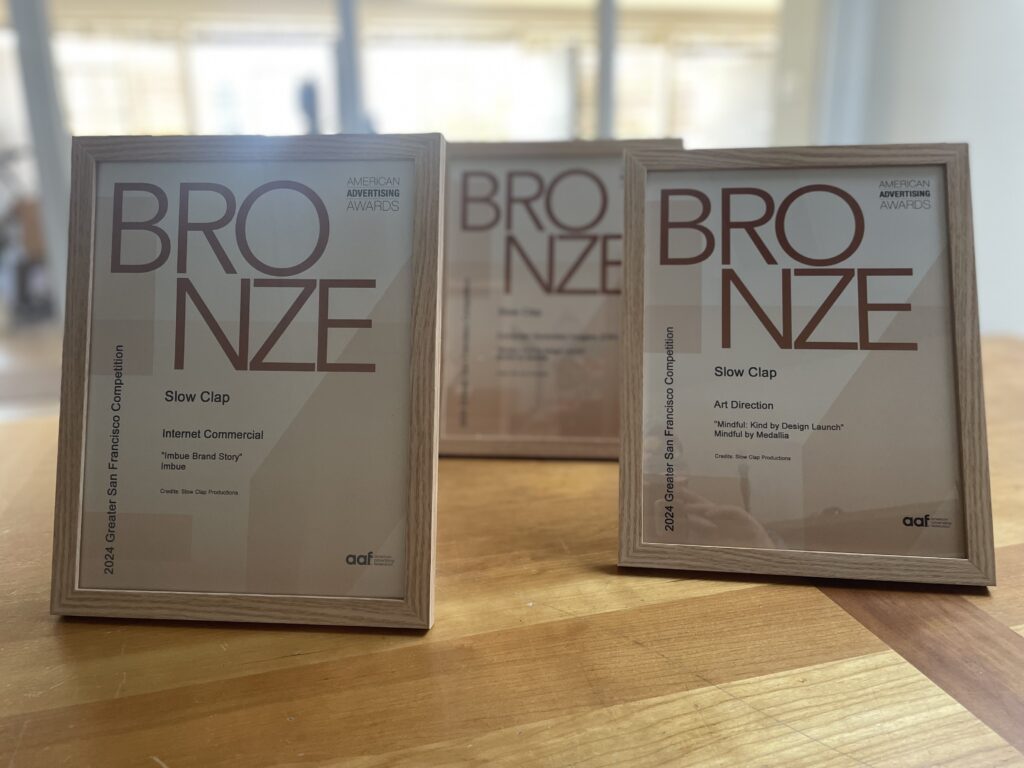 Slow Clap’s Bronze ADDY SF Awards (American Advertising Awards)
Slow Clap’s Bronze ADDY SF Awards (American Advertising Awards)
In addition to awards, Becky Chastain, our close collaborator from Mindful, shared with us that the video had a successful launch during their product webinar on LinkedIn and YouTube. The video boasted high views and engagement on both platforms and Mindful reported a great attendance at their conference.
“So happy we got to work with an agency that understood and got excited about our brand. I can’t say enough great things here. We were heard and understood throughout the entire process. Everything and everyone stayed really tight, and I think the proof is in the video itself – it was a very tight timeline with an ambitious set, and we probably won’t be using any other agency for this type of work. Dan and his team not only are great partners, but I think our teams complement one another really well.“
– Becky Chastain, Creative Director at Mindful
To see how everything came to work in harmony, see the behind-the-scenes of our virtual production here.
Take a look at the full video below.
